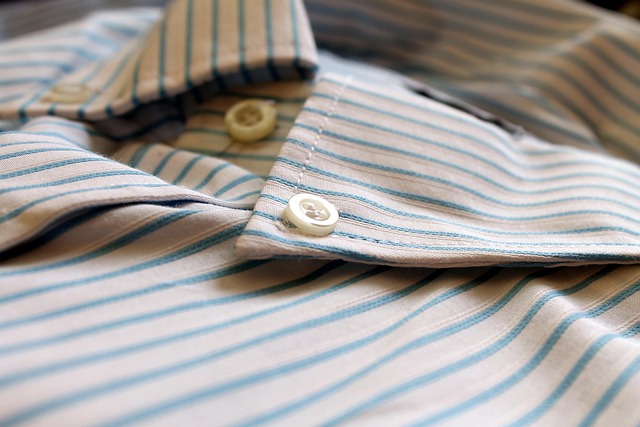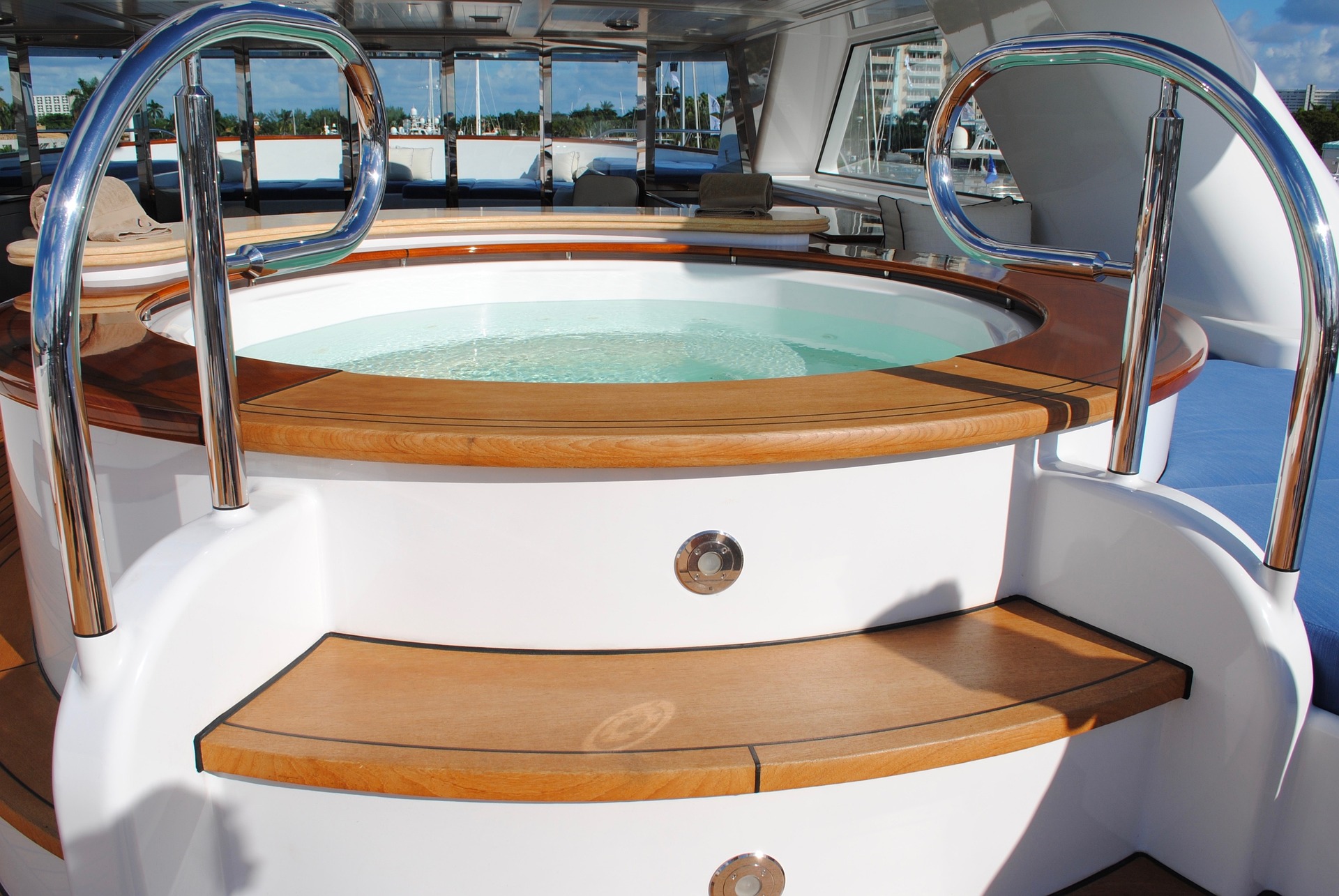Understanding Polo Shirts: Styles, Features, and Styling Tips
Polo shirts have evolved from sportswear staples to versatile wardrobe essentials that bridge the gap between casual comfort and polished presentation. Whether you're building a capsule wardrobe or refining your personal style, understanding the nuances of polo shirt varieties, construction quality, and styling possibilities can help you make informed choices that suit your lifestyle and values.

The polo shirt occupies a unique space in men’s fashion, offering a refined alternative to t-shirts while maintaining approachability that formal button-downs sometimes lack. Originally designed for tennis players in the 1920s, this garment has transformed into a multi-functional piece suitable for various settings and seasons. Today’s market offers an impressive range of options, from heritage designs to innovative performance fabrics, making it essential to understand what distinguishes one polo from another.
What Are the Different Types of Polo Shirts Available?
Different types of polo shirts including classic cotton performance and designer styles cater to diverse needs and preferences. Classic cotton polos remain the traditional choice, typically crafted from piqué cotton that provides breathability and a textured appearance. These timeless pieces work well in temperate climates and casual settings. Performance polos incorporate moisture-wicking synthetics or cotton-synthetic blends, making them ideal for active lifestyles or warmer conditions where sweat management matters. Designer styles often feature premium materials like mercerized cotton, sea island cotton, or luxury blends, with attention to details such as mother-of-pearl buttons, refined stitching, and tailored silhouettes. Slim-fit polos offer a contemporary, body-conscious profile, while relaxed fits provide comfort and ease of movement. Long-sleeve variations extend the polo’s versatility into cooler months, and specialized options like UV-protective or antimicrobial fabrics address specific functional requirements.
Which Features Should You Consider When Selecting a Polo Shirt?
Key features to consider such as fabric quality and fit and collar structure significantly impact both comfort and appearance. Fabric quality determines durability, feel, and performance—higher thread counts generally indicate smoother, more refined materials, while fabric weight affects seasonality and drape. Fit encompasses chest width, shoulder seam placement, sleeve length, and body taper; a well-fitted polo should allow comfortable movement without excess fabric bunching. Collar structure varies from soft, unlined collars that create a relaxed look to reinforced collars with interlining that maintain shape and provide a crisper appearance. Button plackets typically feature two or three buttons, with the number and quality affecting both aesthetics and functionality. Hem construction matters too—side vents allow for untucked wearing, while straight hems work better when tucked in. Stitching quality, particularly at stress points like shoulder seams and armholes, indicates overall construction standards. Finally, consider details like pocket presence, logo placement, and color fastness, which contribute to the garment’s versatility and longevity.
How Can You Style Polo Shirts for Various Occasions?
How to style polo shirts for casual and business-casual and semi-formal occasions depends on thoughtful pairing and attention to context. For casual settings, pair a classic polo with well-fitted jeans or chinos and clean sneakers or loafers. Neutral colors like navy, grey, or white offer maximum versatility, while bolder hues or patterns can express personality. Business-casual environments call for refined execution—choose polos in sophisticated colors, ensure impeccable fit, and pair with tailored trousers and leather shoes. Avoid overly sporty details like large logos or bright color blocking in professional settings. For semi-formal occasions, select premium polos in solid, muted tones, layer under an unstructured blazer or sport coat, and combine with dress trousers and polished footwear. The key lies in fabric quality and fit precision; a well-constructed polo in luxury materials can elevate an outfit considerably. Accessories like leather belts and quality watches enhance polish without overwhelming the look. Seasonal adjustments matter too—lightweight fabrics and lighter colors suit warmer months, while layering under cardigans or jackets extends polo wear into cooler seasons.
What Seasonal Trends Influence Polo Shirt Collections?
Seasonal trends and color palettes in men’s polo shirt collections reflect broader fashion movements and practical considerations. Spring collections typically feature pastel shades, soft blues, mint greens, and coral tones that evoke renewal and freshness. Summer offerings lean toward brighter colors, nautical stripes, and tropical-inspired patterns, with emphasis on lightweight, breathable fabrics. Fall collections introduce earth tones—burgundy, olive, camel, and rust—often in heavier cotton or merino wool blends suitable for layering. Winter sees darker, richer hues like navy, charcoal, and forest green, sometimes in long-sleeve formats or thicker knits. Beyond color, seasonal trends influence details like collar styles, pocket placements, and pattern choices. Recent seasons have seen resurgence in retro-inspired designs, color-blocking techniques, and minimalist aesthetics. Texture variations, including waffle knits and slub cotton, add visual interest while maintaining the polo’s fundamental character. Understanding these seasonal shifts helps in building a well-rounded wardrobe that remains current without sacrificing timelessness.
What Sustainable Materials Are Emerging in Polo Shirt Production?
Sustainable and eco-friendly materials emerging in men’s polo shirt production reflect growing environmental consciousness within the fashion industry. Organic cotton, grown without synthetic pesticides or fertilizers, reduces environmental impact while maintaining the familiar feel of traditional cotton polos. Recycled polyester, derived from post-consumer plastic bottles, offers performance benefits like moisture-wicking while diverting waste from landfills. Bamboo fabric provides natural antimicrobial properties and softness, though processing methods vary in sustainability. Tencel (lyocell), made from wood pulp through closed-loop manufacturing, combines silky texture with biodegradability. Hemp blends offer durability and require minimal water and pesticides during cultivation. Some manufacturers now use recycled cotton from textile waste, reducing the need for virgin materials. Beyond fiber choice, sustainable production considers water usage, dyeing processes, and fair labor practices. Certifications like GOTS (Global Organic Textile Standard), OEKO-TEX, and Fair Trade provide verification of environmental and social standards. While sustainable polos may carry higher initial costs, their durability and reduced environmental footprint appeal to values-driven consumers seeking to align purchases with principles.
Conclusion
The modern polo shirt represents far more than a simple wardrobe staple—it embodies versatility, comfort, and adaptability across contexts and seasons. By understanding the distinctions between classic cotton, performance, and designer styles, recognizing the importance of fabric quality, fit, and collar structure, and learning appropriate styling approaches for various occasions, you can maximize the value this garment brings to your wardrobe. Staying aware of seasonal color trends while considering sustainable material options allows you to make choices that reflect both personal style and broader values. Whether you prefer timeless classics or contemporary innovations, the polo shirt continues to prove its enduring relevance in men’s fashion.




